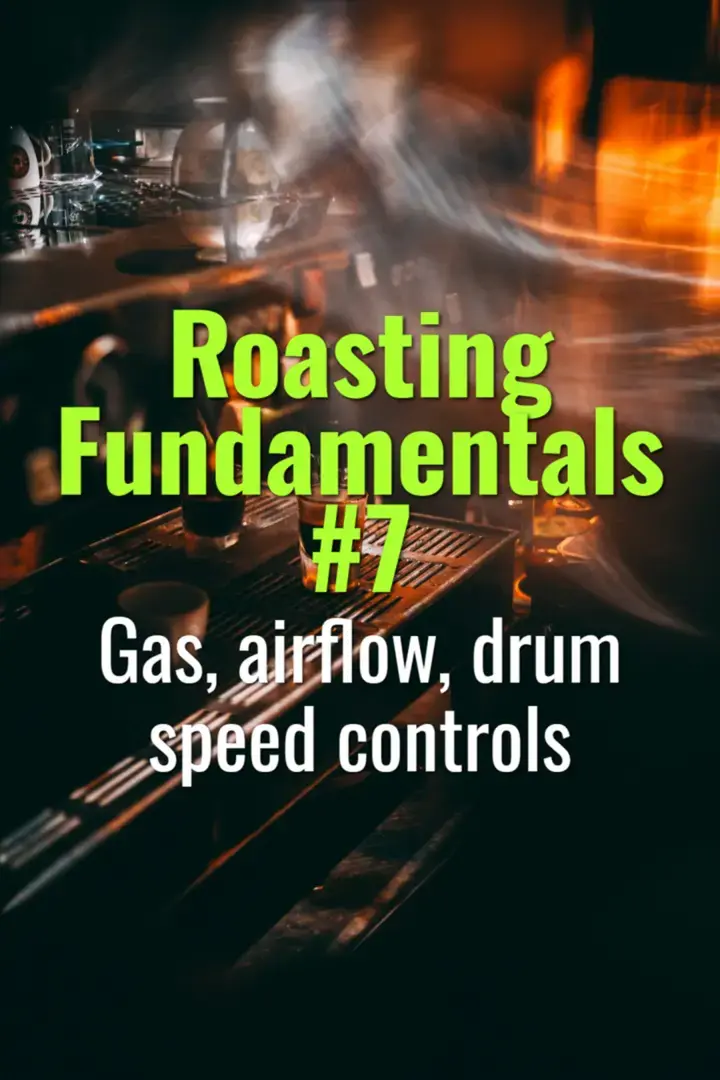Gas, airflow, drum speed controls
This topic covers how key roaster controls—gas (heat), airflow, and drum speed—affect roast development, bean temperature, and flavor outcomes.
- Coffee Basics Nerds
- 1 min read

Key Concepts
-
Gas/Heat Control:
-
Primary driver of bean temperature.
-
Higher gas increases environmental temperature; too high can scorch beans, too low prolongs drying phase.
-
Fine adjustments allow shaping of Maillard and development phases.
-
Airflow Control:
-
Regulates heat transfer and smoke removal.
-
Increased airflow can cool beans slightly but improve uniformity.
-
Critical for controlling bean color and surface appearance.
-
Drum Speed Control:
-
Ensures uniform rotation and exposure to heat.
-
Slower drum speed can allow deeper heat penetration but risk tipping.
-
Faster speed promotes more even drying and reduces local hot spots.
Practical Implications
- Balancing all three controls is essential for consistent roast profiles.
- Adjustments during first crack and development phases affect flavor, acidity, and body.
- Experienced roasters anticipate thermal reactions and tweak controls dynamically.
Tips for Roasters
- Start with a baseline profile for each bean origin.
- Observe RoR and color changes while adjusting gas and airflow.
- Record drum speed, gas, and airflow settings for reproducibility.
Summary
Understanding and mastering gas, airflow, and drum speed controls allows roasters to manipulate the roast environment precisely, ensuring consistent quality and desired sensory attributes in the final cup.
You might also like:
- Tags:
- Key Concepts
- Practical Implications
- Heat Transfer
- Acidity Body
- Roast Profiles
- Drum Speed
- Bean Temperature
- Airflow Drum
- Consistent Quality
- Summary Understanding
- Gas Airflow
- Allows Roasters
- Ensures Uniform
- Final Cup
- Flavor Acidity
- Tips Roasters
- Environmental Temperature
- Essential Consistent
- Drying Phase
- Sensory Attributes
- Crack Development
- Bean Color
- Heat Control